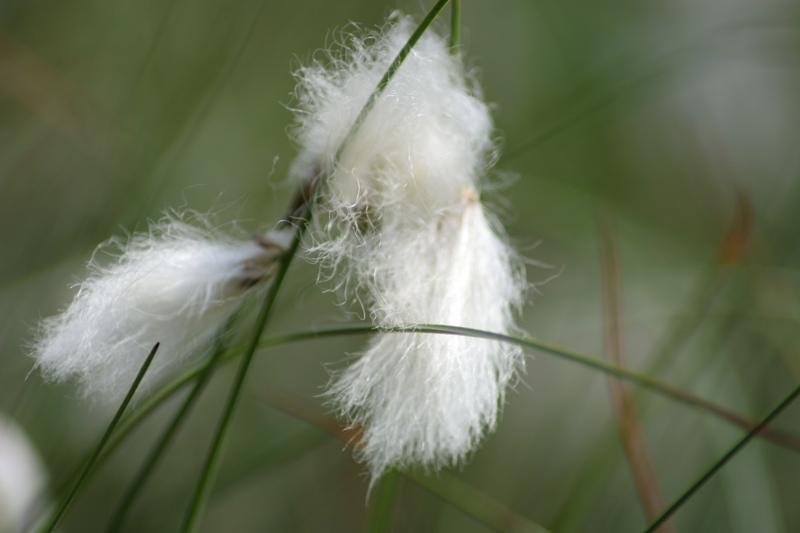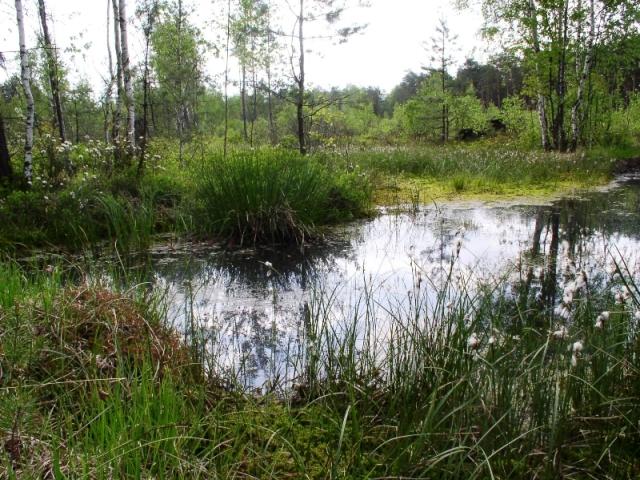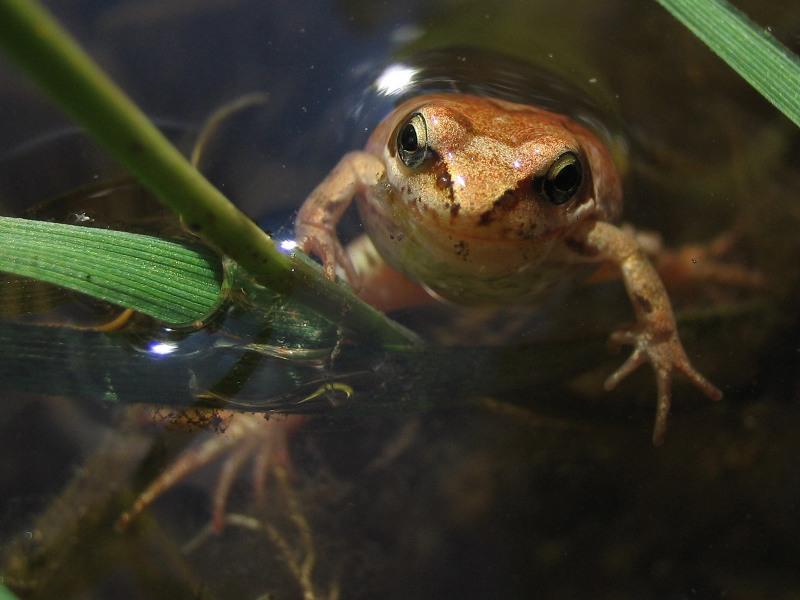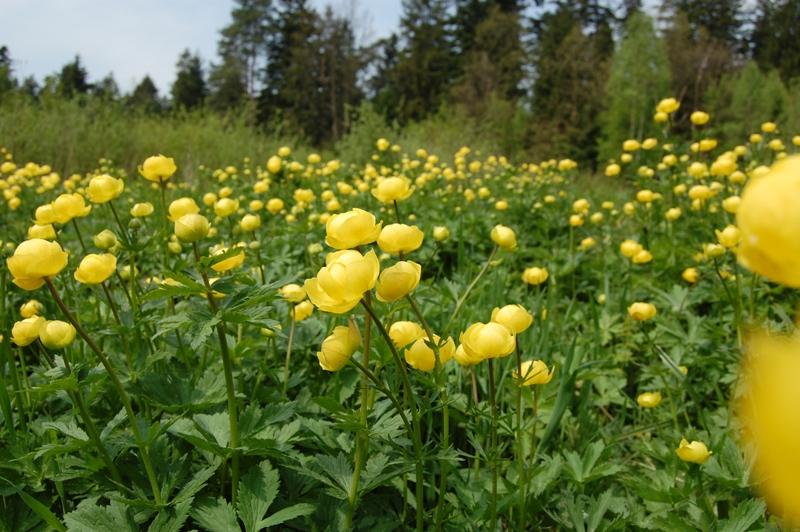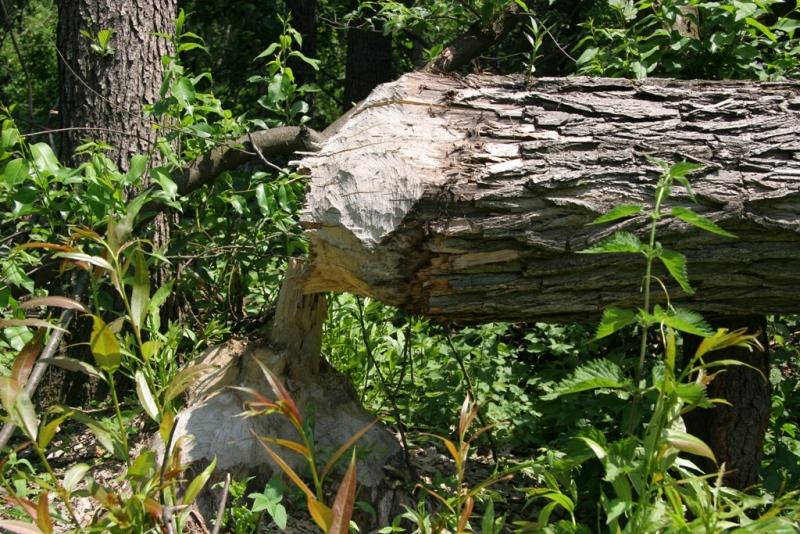 Asset Publisher
Asset Publisher
Polish hit
Polish products made of wood – furniture, window and door frames, yachts or paper and packages – these are real hits of the market.
Our country is the is the 10 largest producer of furniture and the 4 largest furniture exporter in the world. Wood industry sells abroad goods of its approximate value of 45 million zl annually, what constitutes 10 % of the whole Polish export. The measurement of the essential role of forestry and timber based sector in our management is that, it works out about 2 % of GDP (Gross Domestic Product). Not only it gives work to thousands of people, but it is also an engine of investment and of development of innovative technologies. From the beginning of transformation, it drew foreign capital of its value over 30 million zl.
Forest gives work
The State Forests belong to the leading group of employers in Poland. However, both forest and timber provide for workers with several thousand of Forestry Services Companies, which within the contract of mandate deal with, among others, planting trees and their nursing, wood logging and its transportation. And above all cooperate with people employed in several dozen thousand of companies creating wood and furniture industry and paper manufacture. Summing up, it gives as many as 375 thousand of Poles altogether. Statistically, every hundred inhabitant of our country works in the sector connected with forestry and wood processing.
Among private companies of forestry and timber based sector, there are also big companies with the share of foreign capital , and big and medium sized indigenous companies, but 9 of 10 companies in this sector are small plants employing less than 10 people. These are often family companies, cultivating multigenerational traditions connected with forestry and working in less developed regions of the country. There, forestry and wood industry, as well as agriculture constitute the basis of maintaining hundred thousand of families. As many as 600 % of all working places in the forest and wood based sector are located within rural areas.
Forest and wood based sector works out about 2 % of Polish GDP (Gross Domestic Product).
- 2 % of Polish GDP works out forest and wood based sector .
- Poland takes 4 place as the largest furniture exporter and 10 place as the largest producer of furniture.
- 50 % of paper and 9 of 10 pieces of furniture produced in Poland is exported abroad
- The value of annual export of Polish goods of wood and furniture industry and paper manufacture equals 45 billion zl (it is 10 % of the whole export).
- 30 billion zl , as direct foreign investments, have been drown since 1990 by Polish wood based sector (5,5 % of all).
- 100 kg of paper is used annually by statistic Pole (an average of UE is 160 kg, for USA – 230 kg).
Source: E. Ratajczak „Potencjał gospodarczy przemysłów opartych na drewnie i perspektywy ich rozwoju (Economic performance of wood – based industries and perspectives of their development)", GUS, Warszawa 2012.
 Asset Publisher
Asset Publisher
 Asset Publisher
Asset Publisher
Użytki ekologiczne
Użytki ekologiczne
Królestwo roślinności bagiennej
Użytkami ekologicznym nazywamy zasługujące na ochronę pozostałości ekosystemów mających znaczenie dla zachowania różnorodności biologicznej – naturalne zbiorniki wodne, śródpolne i śródleśne oczka wodne, kępy drzew i krzewów, bagna , torfowiska, wydmy, płaty nieużytkowanej roślinności itp.
Na terenie naszego Nadleśnictwa znajduje się siedem tego typu obiektów:
Użytek ekologiczny „Śródleśna łąka" położony w dolinie Łukawki, częściowo podmokły, ze wszystkich stron otoczony lasem. Spotkamy tutaj stanowiska pełnika europejskiego, podkolana białego i storczyka szerokolistnego.

Użytek ekologiczny „Bagno". Ochroną objęto śródleśny zbiornik wodny i otaczające go torfowisko. Występują tu fitocenozy torfowisk przejściowych oraz łozowiska z wierzbą szarą i pięciopręcikową. Jest to miejsce bytowania licznych gatunków owadów, płazów i ptaków preferujących środowisko wodno – błotne.
Użytek ekologiczny „Bagno 2". Jest to torfowisko o charakterze przejściowym, okresowo zalewane wodą. Występują tu liczne gatunki mchów, bagno zwyczajne, modrzewnica zwyczajna, wełnianka. Miejsce bytowania licznych gatunków owadów, płazów i ptaków preferujących środowisko wodno – błotne.

Użytek ekologiczny „Bagno 3". Jest to torfowisko śródleśne. Występuje tutaj dobrze zachowany układ fitocenoz torfowisk wysokich, przejściowych, bory bagiennego i formy przejściowe pomiędzy nimi. Występuje tu masowo rosiczka okrągłolistna. Miejsce bytowania licznych gatunków owadów, płazów i ptaków wodno-błotnych.
Użytek ekologiczny „Bagno 4". Ochronie podlega stale podmokła, okresowo zalewana wodą enklawa śródleśna. Przedstawia ona późne stadia sukcesji na torfowisku wysokim. Występuje tu masowo rosiczka okrągłolistna; prócz tego liczne gatunki mchów, bagno zwyczajne, wełnianka i inni przedstawiciele roślinności bagienno – torfowej. Jest to miejsce bytowania zwierząt preferujących środowisko wodno – błotne.
Użytek ekologiczny „Łąka z pełnikami". Celem ochrony jest zachowania ze względów dydaktycznych stanowiska pełnika europejskiego oraz występujących na tym terenie roślin z rodziny storczykowatych.
Użytek ekologiczny "Torfowisko śródleśne koło miejscowości Mocha". Ustanowiony 12 listopada 2014 r. ma na celu zachowanie ekosystemu śródleśnego oczka wodnego z wykształconymi w jego sąsiedztwie siedliskami podmokłymi ze zbiorowiskami turzyc, sitowia i pałki wodnej, stanowiącego miejsce lęgowe wielu gatunków płazów i gadów, a także ptaków i owadów. Stanowi on także miejsce bytowania i rozrodu bobra europejskiego. Użytek ten cechuje się dużymi walorami przyrodniczymi i krajobrazowymi.










